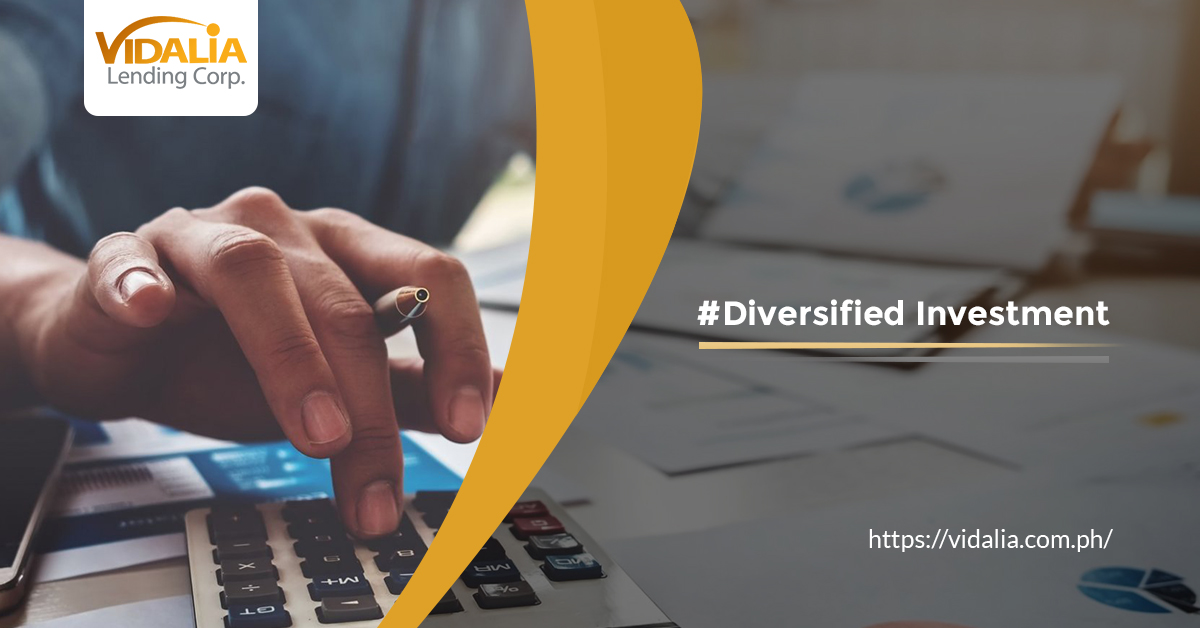As defined by Investopedia, diversification refers to a risk management strategy done by investors. People always relate this investment technique to the old quotation, “Don’t put all your eggs in one basket.” If you ever want to start planning for your future and begin investing, or you are already on it, do you know how it works, or better yet, what kinds of investment platforms will make the most out of your diversification? Well, this blog is just made to answer all of that.
How to Diversify Your Portfolio
Diversified investments do not necessarily mean a boost in your portfolio but will allow you to improve your chances of getting higher returns. So, how do you diversify your portfolio?
1. Consider your investment goal and choose what asset classes work for you.
First, you must think about your goal and be particular about it. Decide what type of investment platform you are comfortable with. Consider your preferred investment duration and if you want quick or slow growth. These three key points will give you a clearer picture of what asset classes will work for you and your portfolio. However, remember to consider your details too. Remember that your dependents, age, and other financial commitments will also affect your diversification journey.
Although the primary purpose of diversification is protecting your wealth, you should note that a balance between high and low-risk asset classes is another critical factor in investing. It would be best if you learned enough about the main types of investment you can buy in the market, from bonds, shares, properties, and commodities to the high and low-risk peer-to-peer lending platforms.
Are you considering a P2P loan investment? If you are, you can look forward to earning great returns at Vidalia Lending. As an investor, you are guaranteed that you don’t have to worry about collecting loans, marketing, and, of course, your capital. We know how much you value your capital; thus, Vidalia Lending offers promising security to your invested money.
2. Analyze Current Assets in Your Portfolio
If you already have several assets in your portfolio, specifically in stocks, you can check if your portfolio is diversified enough by analyzing or reviewing its efficiency. Could you try to see if it matches how the market performed way back several years ago? If they are almost similar, it only means that your portfolio must still be fully diversified.
3. Spread out Your Investment in Each Asset Class
Spreading your investment in each asset class will get you one step ahead of other investors. Diversify in terms of sectors, locations, and companies. This will help you further secure your wealth against unpredictable market factors that may adversely affect your investment.
4. Continue Reviewing Your Investment Portfolio
Remember that your diversification journey continues after successfully building a fully diversified portfolio. You’ll have to continue reviewing it occasionally and ensure it performs appropriately. Keep being updated about the different markets, and if ever, analyze if you have to make any adjustments to get the most out of it. However, always remember that you should also be wary of over-diversification because you might need help managing all of it at once.
A well-balanced portfolio will require you to explore outside of the fundamental asset classes, and one great option you should take note of is P2P or peer-to-peer lending. P2P platforms make way for a lender and borrower to help one another. The company that provides the platform will connect the lenders to the borrowers who need loans, and in return, the borrowers will repay the loan along with the interest.
Get the benefits of managed Peer to Peer Lending. Investing your money in Vidalia Lending will provide security, stability, and cash returns. All you have to do is go ahead and go to our Invest page and create your account. The application process is done online. You can instantly be a part of our fast-growing company anywhere you are.






